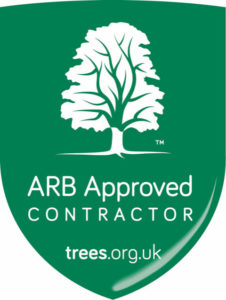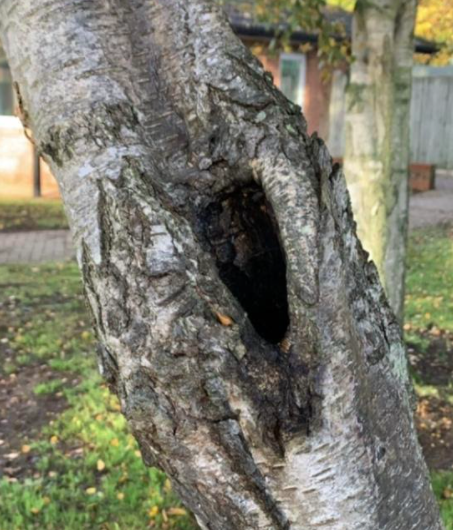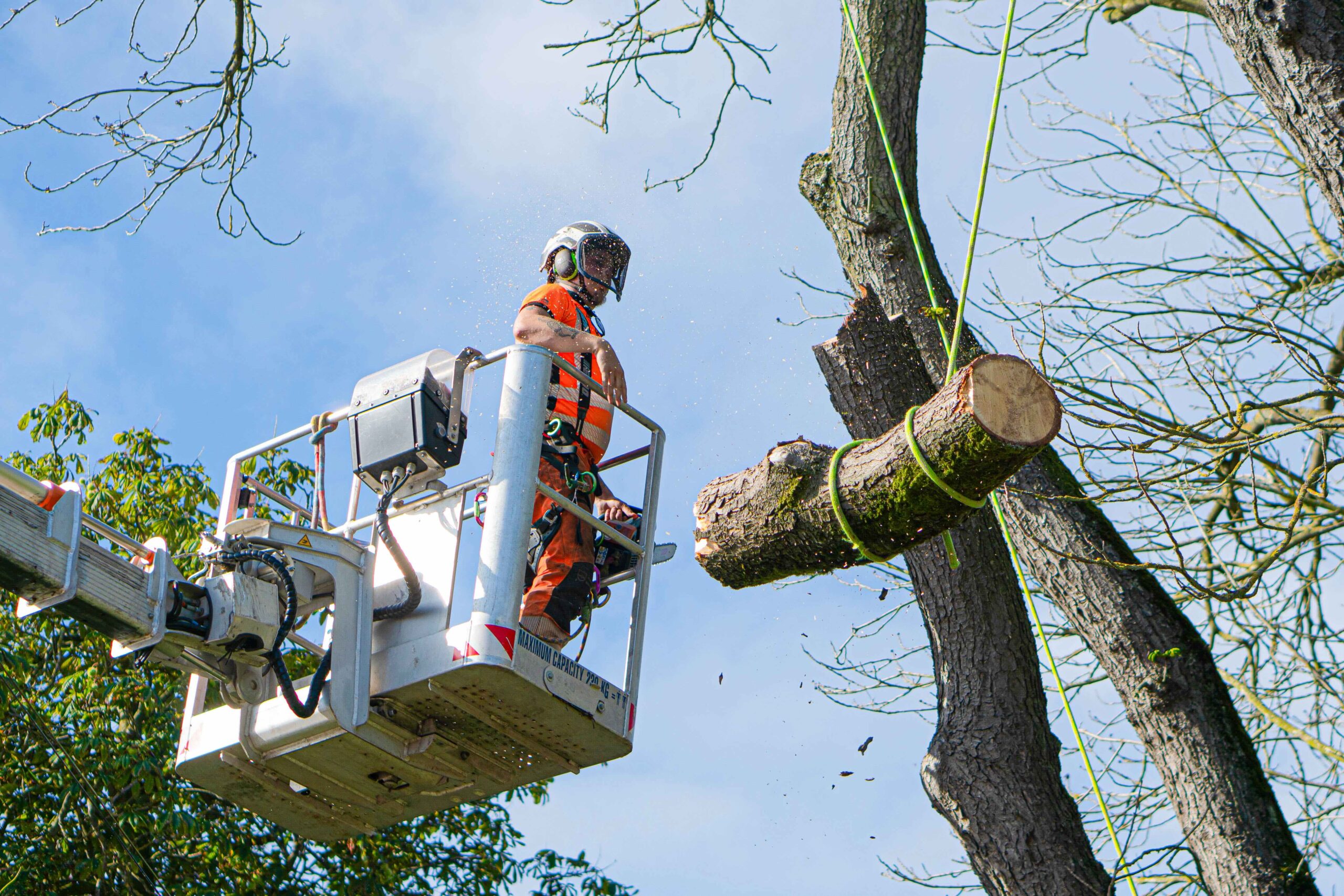Throughout the UK, many species of native bats utilise trees in numerous ways; with trees being use as a place to roost, to forage for food and as navigational aids.
What is a bat roost?
A bat roost is defined as a place that a wild bat uses for shelter and protection. Bat roosts can be found within dwellings, as well as in trees (such as cavities and hollows, woodpecker holes, loose bark and cracked/ split limbs. With the roost being protected whether bats are present or not.
During the summer months, female bats need warmer conditions in order to raise their young, however, when it’s too hot they’ll move into damper tree cavities to avoid the risk of dehydration. Whereas in the winter months, bats will move deeper into tree cavities to allow them to hibernate.
Different UK bat species have different preferences when it comes to roosting. Pipistrelle bats, for example, prefer roosting in dwellings, as well as behind loose bark and in small cavities. Brown long-eared bats like to roost in both dwellings and trees. However, if they decide to use a tree for roosting, it’ll usually be in a deciduous woodland and close to the ground with plenty of surrounding vegetation. Noctule bats, on the other hand, can be rather partial to cavities and woodpecker holes. Barbastelle bats highly prefer ancient deciduous woodlands, pursuing trees with plenty of loose bark and split limbs. Bechstein’s bats tend to roost within old woodpecker holes found in Oak and Ash trees. And finally, the Natter’s bat. The Natter’s bat is content in both deciduous and coniferous woodlands, including hedge lines and tree lines. As well as being an ideal place for bats to roost, they also use trees as a navigational aid as well as foraging for food such as insects.
Bats and the law
Under the Wildlife and Countryside Act 1981, it is illegal to disturb roosting bats or to damage or destroy their roosts. Bats are also protected under the Conservation of Habitats & Species Regulations 2017.
When carrying out tree works, it is deemed highly essential to assess for potential bats prior to tree works commencing. When assessing for bats, characteristics of roosts need to be taken into account. If the tree has the characteristics for bats to roost, then the tree has ‘bat potential’. If the tree has ‘low bat potential’, then tree works may proceed with caution without an ecologist being present. However, if it is deemed that the tree has ‘high bat potential’, it doesn’t mean that the presence of bats will prevent the tree works from going ahead, but an ecologist will need to be involved to carry out a bat survey and to assist with EPS license applications if it is deemed necessary.
If you’re unsure where to begin with tree works with ‘bat potential’ contact us today. Our professional tree surgeons can quickly and easily advise you on your next steps.




